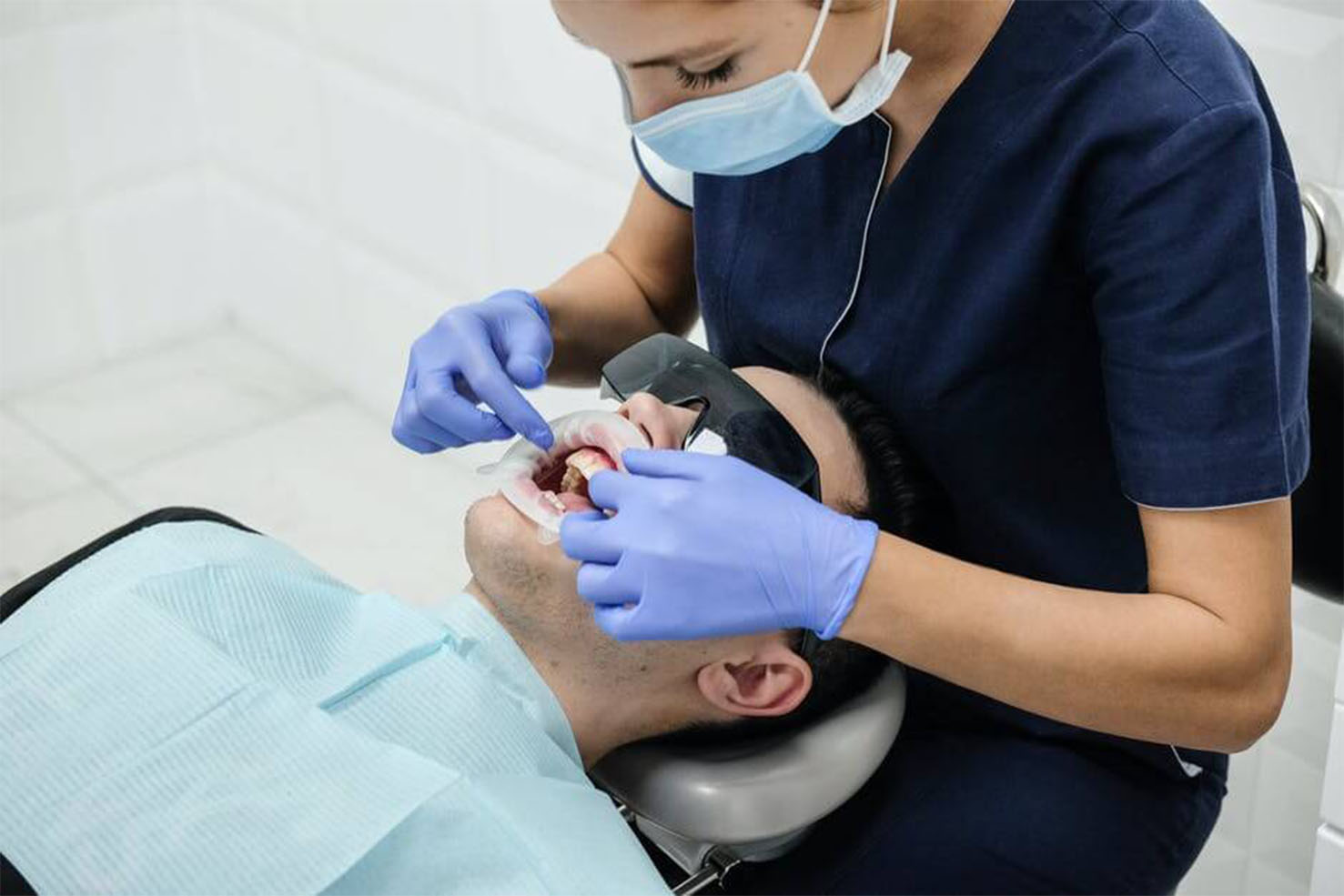
Do you need dental implants to replace missing or damaged teeth? About 50% of patients who require dental implants need a dental bone graft, first.
Of all of the common restorative dental procedures, bone grafts tend to crop up in conversation the least. As a result, many patients are unsure of what bone grafting is and may find the idea of it overwhelming or intimidating.
We’re here to tell you that bone grafting is a safe and simple dental procedure. If your dentist tells you that you need a bone graft, you have little cause for concern. Still, you probably have a few questions you’d like to ask.
Read on as we share the questions and answers that many patients have about bone grafting in our guide to the questions to ask your dentist about the bone graft procedure.
Before you can get a dental implant, you need a strong, sturdy jawbone. When you lose a tooth or have it removed, you can lose some of the bone density you once had. This can also happen in response to gum disease and other oral health problems.
Bone grafting is the process of placing bone particles in the hole left behind by your missing tooth. Once the bone particles are in place, your dentist will cover the hole with a bandage or membrane. Your incredible body will then break down those particles on its own, incorporating them into the jawbone to create that strength and sturdiness necessary to hold your steel implants in place.
Bone grafting can be used as a preventative or restorative procedure. If your dentist recommends a bone graft procedure after removing a tooth or preparing for implants, can you say no? What are the consequences if you do?
When you let the bone heal on its own after tooth removal, it tends to collapse in on itself. You lose height and even width as well as the space where the implant should go. If you need bone grafting and skip it, your dentist may not be able to give you the dental implants you need.
When you’re preparing for dental care like bone grafting, it’s important to make sure that you know what type of sedation your dentist plans to use. This will impact your day-of plan, including whether or not you will need someone to take you home.
If you don’t mind being awake during your bone graft, you can get through the procedure using localized Novocain. This will numb the area that your dentist will operate on without impacting your state of mind.
Some patients don’t feel comfortable staying awake during these types of procedures. If it’s better for your mental health to “go under,” talk to your dentist about IV sedation, nitrous oxide gas, and sedative pills.
Patients deserve to know what to expect from their dental care. Is it possible that your bone graft will fail? If so, what will that mean for your dental implant timeline?
We have limited data on the success rate of bone grafts in 2022. The most recent study found that about 12% of bone grafts fully or partially failed. Given that we’ve seen many improvements in the bone grafting procedure in the past decade, it’s likely that the failure rate is even lower today.
Bone graft failure tends to result from either an infection or from the body rejecting the bone particles. When this occurs, it is often possible for dentists to clear out the infection or bone particles and start anew. Some partial failures still provide enough support for the dental implant.
Most dentists will want to wait until the bone graft is 100% healed before moving forward with the dental implant. How long should you expect to wait between your bone graft procedure and your dental implant procedure?
Bone grafts take about four months to heal and become sturdy enough to support the dental implant. The good news is that if you are starting this process with tooth extraction, you can likely schedule your extraction and your bone graft procedure on the same day.
If you’re waiting for a dental implant in a visible spot (ie a central or lateral incisor), you may want to know what your options are while you wait for your bone graft to heal. Are there any temporary tooth replacement options that you can consider?
Talk to your dentist about what temporary options they provide. They may offer a retainer or clear mouth guard with fake teeth that will temporarily hide the extraction site. Keep in mind that if you are given any temporary equipment, you will need to remove it to eat, chew gum, and possibly drink some beverages.
When it’s time for your bone graft procedure, what should you expect? In addition to finding out about the sedation method your dentist will use, make sure to ask about a projected timeline.
Bone grafting tends to take about 45 minutes to complete. It can take longer if your dentist is addressing multiple extraction sites.
The bone graft procedure is more common than you may think. At the end of the day, it’s a simple procedure that can open up the opportunity for long-term solutions like dental implants.
Are you in need of dental surgery that your regular dentist can’t tackle? Talk to them about getting a referral for Southwest Oral and Maxillofacial Surgery or contact us directly.